The practice of using a vehicle architecture — the same set of overall engineering hard points — for vehicles of a similar size class dates back several decades. As it stands, the primary purpose of platform sharing is threefold:
- Increase commonality
- Decrease complexity
- Reduce development efforts to achieve various cost efficiencies
Over the last several years, a significant part of Ford’s One Ford strategy has called for developing, building, and selling a single vehicle across all global markets, an undertaking that has resulted in an increase in platform sharing and the introduction of common vehicles globally. Thanks to the One Ford plan, The Blue Oval has been able to drastically decrease the amount of vehicle architectures it uses around the world to nine global platforms that today are used to build roughly 85 percent of the automaker’s vehicles. As of this writing, these include:
| PLATFORM NAME | VEHICLE UTILIZATION EXAMPLES |
|---|---|
| Global B | Ford Fiesta, Ford EcoSport, Ford Transit Connect |
| Global C | Ford Focus, Ford C-MAX, Ford Escape/Kuga, Lincoln MKC |
| CD4 | Ford Fusion/Mondeo, Lincoln MKZ |
| CD3 | Ford Edge, Lincoln MKX |
| D3 | Ford Taurus, Lincoln MKS |
| D4 | Ford Explorer, Ford Flex, Lincoln MKT |
| D2C | Ford Mustang |
| P2 | Ford F-Series Trucks |
| T6 | Ford Ranger |
Besides the obvious development- and production-level benefits that result in significant cost savings, utilizing global vehicle platforms for global vehicles allows Ford the opportunity to leverage commonality of components (and suppliers) and to reduce design and manufacturing procedures to streamline the production of high quality vehicles while adjusting production as needed to adequately meet consumer demand. In other words, global vehicles on global platforms result in better overall cars and trucks that are cheaper and more flexible to develop and to produce. If that sounds a lot like a win for everyone, that’s because it is.
In the near future, Ford will continue consolidating its vehicle architectures. For instance, the next-generation Ford Edge and Lincoln MKX will migrate to the D4 midsize architecture shared with the new Ford Fusion/Mondeo, while the next-gen Ford Taurus and Lincoln MKS will utilize an extended version of the D4 architecture — believed to be called “D4 plus” internally within Ford. All four vehicles are due out sometime around 2015. In addition, the VN platform currently underpinning the E-Series line of vans will be discontinued in favor of the globally-available Transit/T-Series vans, a move that will take place in 2014.
One Ford plan for the win? Absolutely.

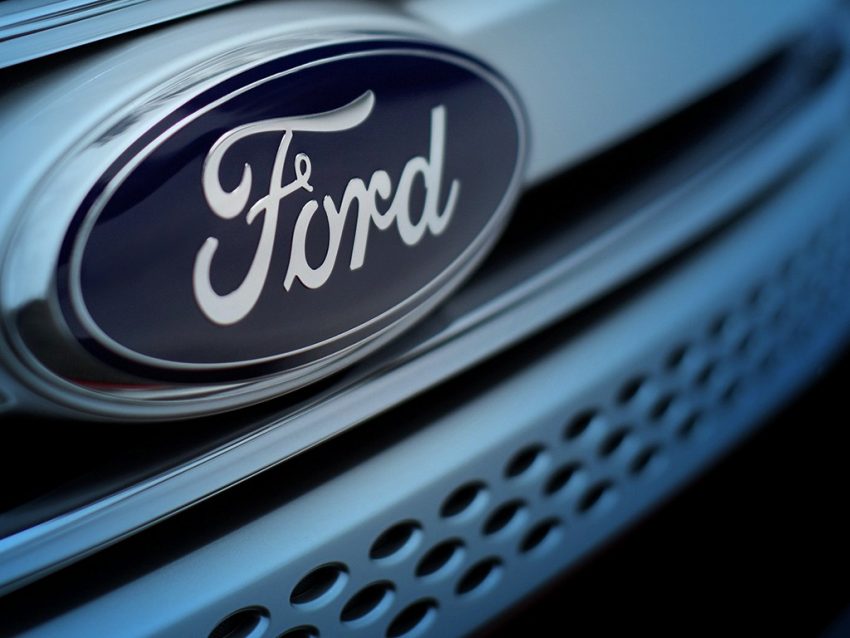

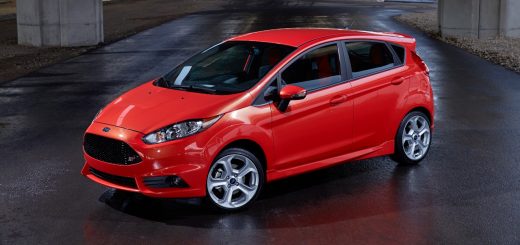
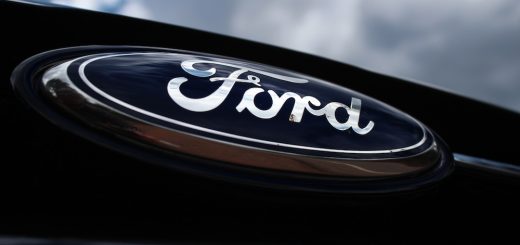
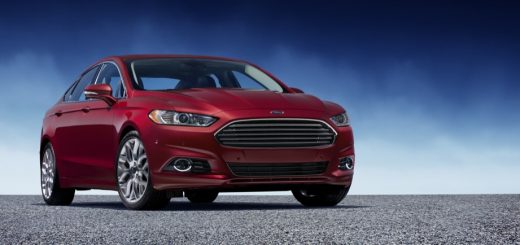
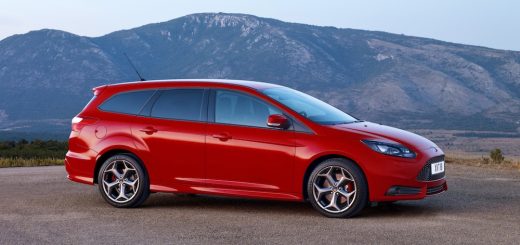
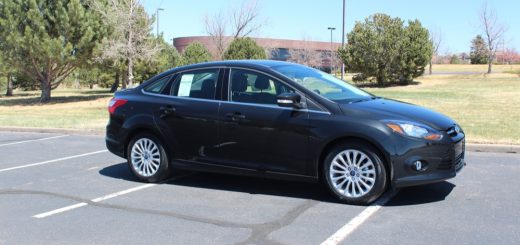






Comments